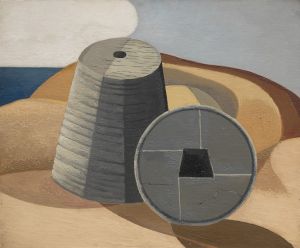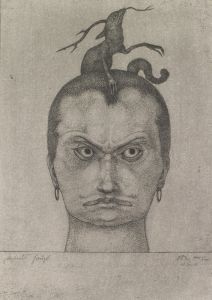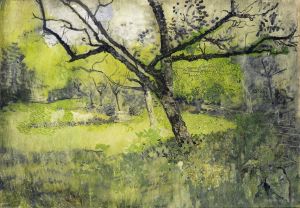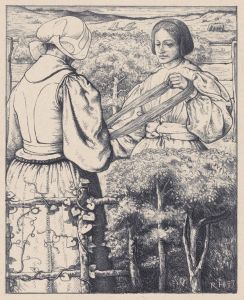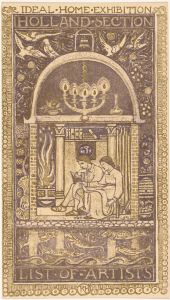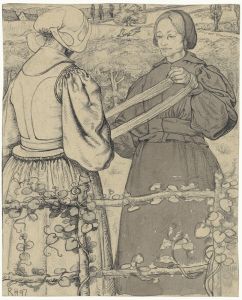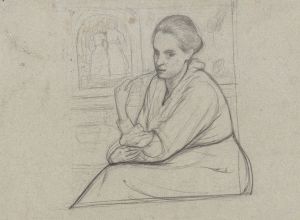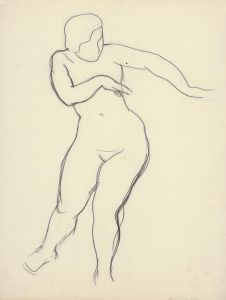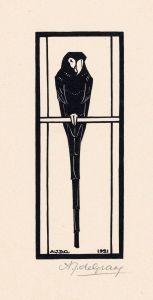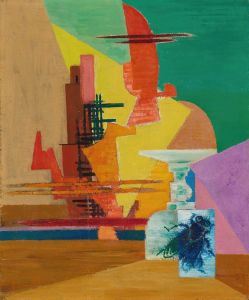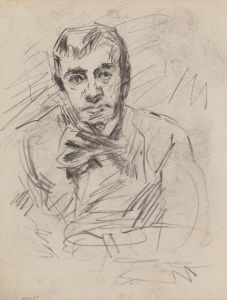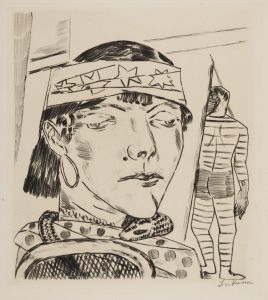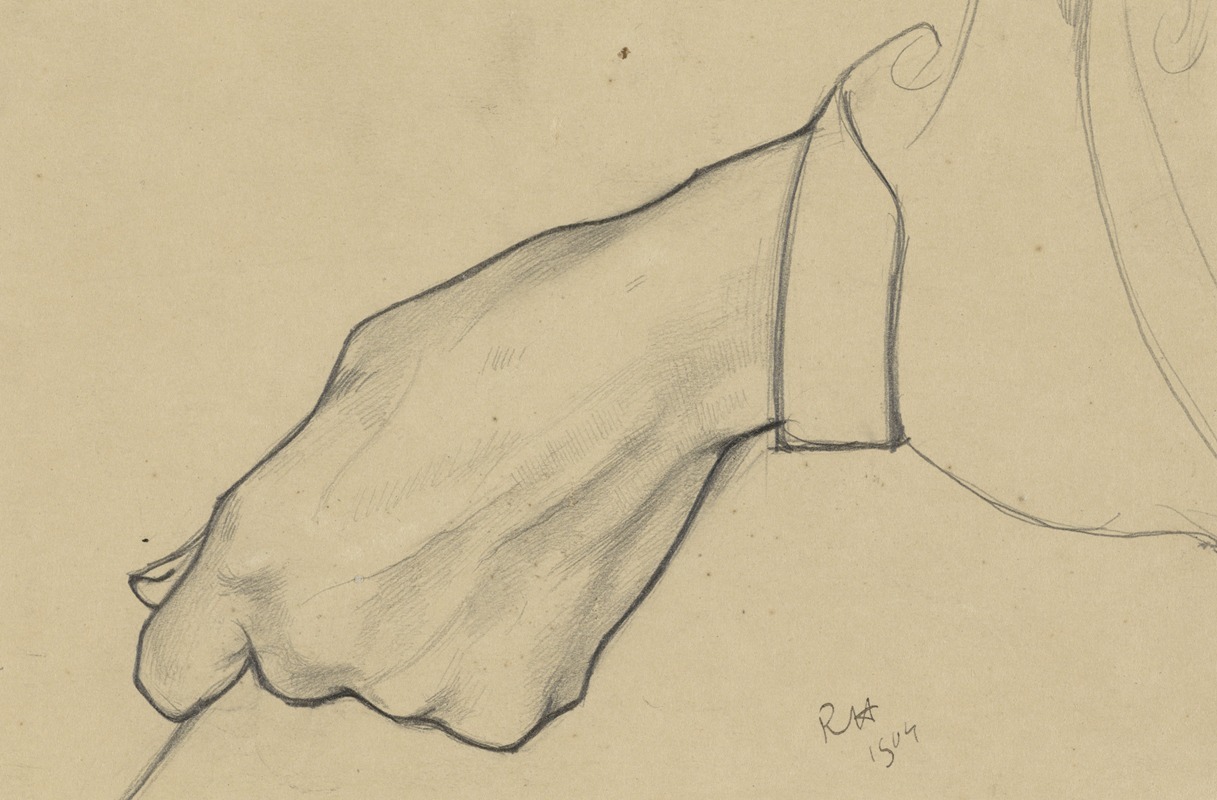
Gesloten linkerhand
A hand-painted replica of Richard Nicolaüs Roland Holst’s masterpiece Gesloten linkerhand, meticulously crafted by professional artists to capture the true essence of the original. Each piece is created with museum-quality canvas and rare mineral pigments, carefully painted by experienced artists with delicate brushstrokes and rich, layered colors to perfectly recreate the texture of the original artwork. Unlike machine-printed reproductions, this hand-painted version brings the painting to life, infused with the artist’s emotions and skill in every stroke. Whether for personal collection or home decoration, it instantly elevates the artistic atmosphere of any space.
Richard Nicolaüs Roland Holst was a Dutch artist known for his contributions to the art movements of the late 19th and early 20th centuries. He was born on December 4, 1868, in Amsterdam, Netherlands, and became a prominent figure in the Dutch art scene. Holst was not only a painter but also a designer and a writer, contributing to various artistic and cultural discussions of his time.
One of his works, "Gesloten linkerhand" (Closed Left Hand), is a painting that reflects his unique style and artistic philosophy. Unfortunately, specific details about this particular painting, such as its creation date, dimensions, and current location, are not widely documented in available resources. However, understanding Holst's broader body of work can provide some context for this piece.
Holst was deeply influenced by the Arts and Crafts movement and Symbolism, which is evident in his emphasis on craftsmanship and the use of symbolic imagery. His works often explore themes of spirituality, nature, and the human condition, characterized by a meticulous attention to detail and a harmonious composition. Holst's style is marked by a blend of realism and idealism, often incorporating allegorical elements that invite viewers to ponder deeper meanings.
Throughout his career, Holst was associated with several artistic groups and movements. He was a member of the "Tachtigers," a group of young Dutch artists and writers who sought to break away from traditional artistic conventions and embrace more modern, expressive forms of art. This group was instrumental in introducing new ideas and techniques to the Dutch art scene, and Holst's involvement with them played a significant role in shaping his artistic development.
In addition to his painting, Holst was an accomplished designer, creating stained glass windows, book covers, and posters. His design work often featured intricate patterns and a strong sense of symmetry, reflecting his interest in the decorative arts. Holst's contributions to design were highly regarded, and he was considered a key figure in the development of Dutch decorative arts during his time.
Holst was also an influential teacher and mentor. He served as a professor at the Rijksakademie van Beeldende Kunsten (Royal Academy of Visual Arts) in Amsterdam, where he taught and inspired a new generation of artists. His teachings emphasized the importance of artistic integrity and the pursuit of beauty, values that were central to his own work.
Despite the lack of specific information about "Gesloten linkerhand," Richard Nicolaüs Roland Holst's legacy as an artist and educator remains significant. His contributions to Dutch art and design continue to be celebrated, and his works are held in various collections and museums. Holst passed away on December 31, 1938, leaving behind a rich legacy that continues to influence and inspire artists today.





